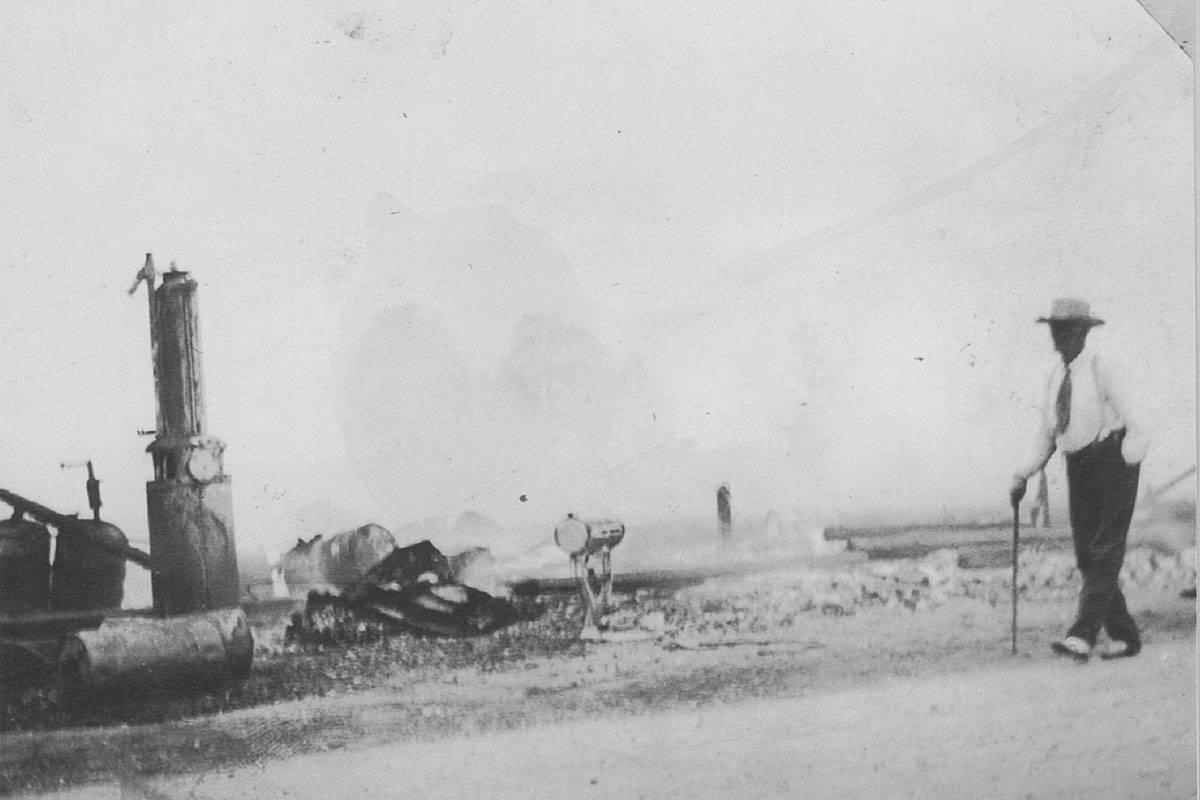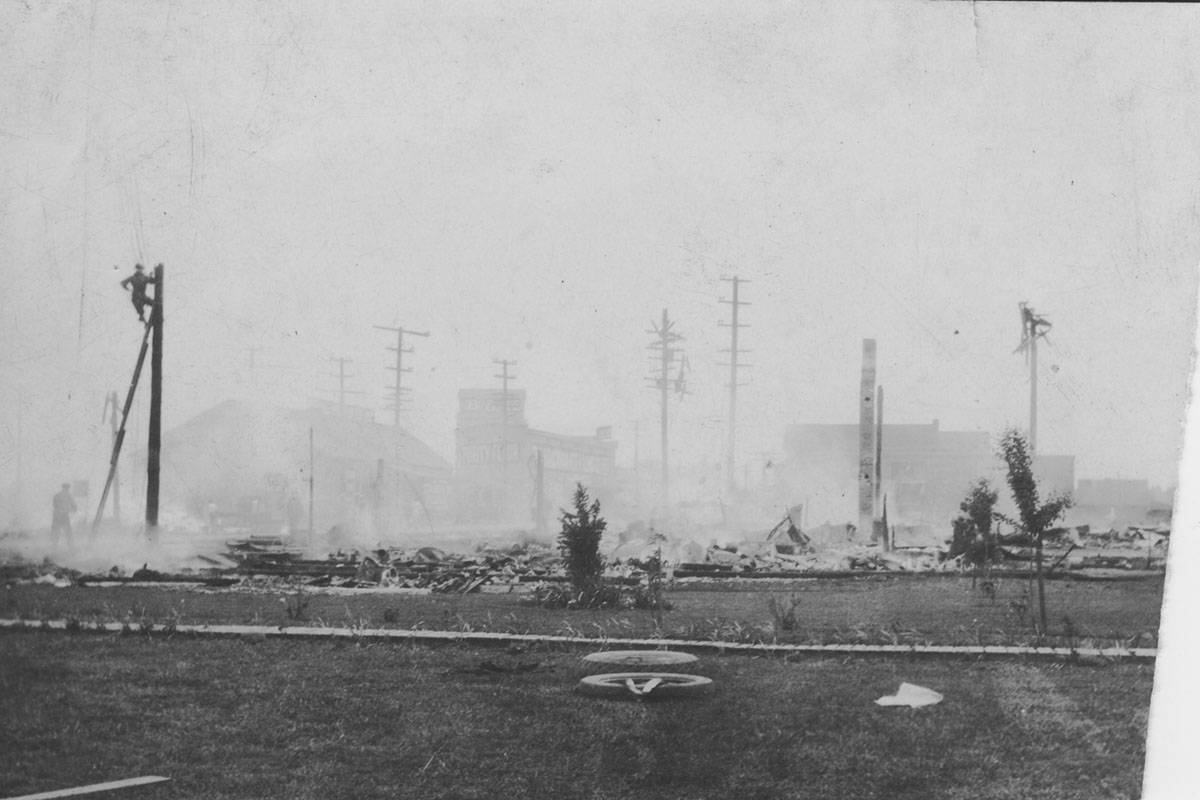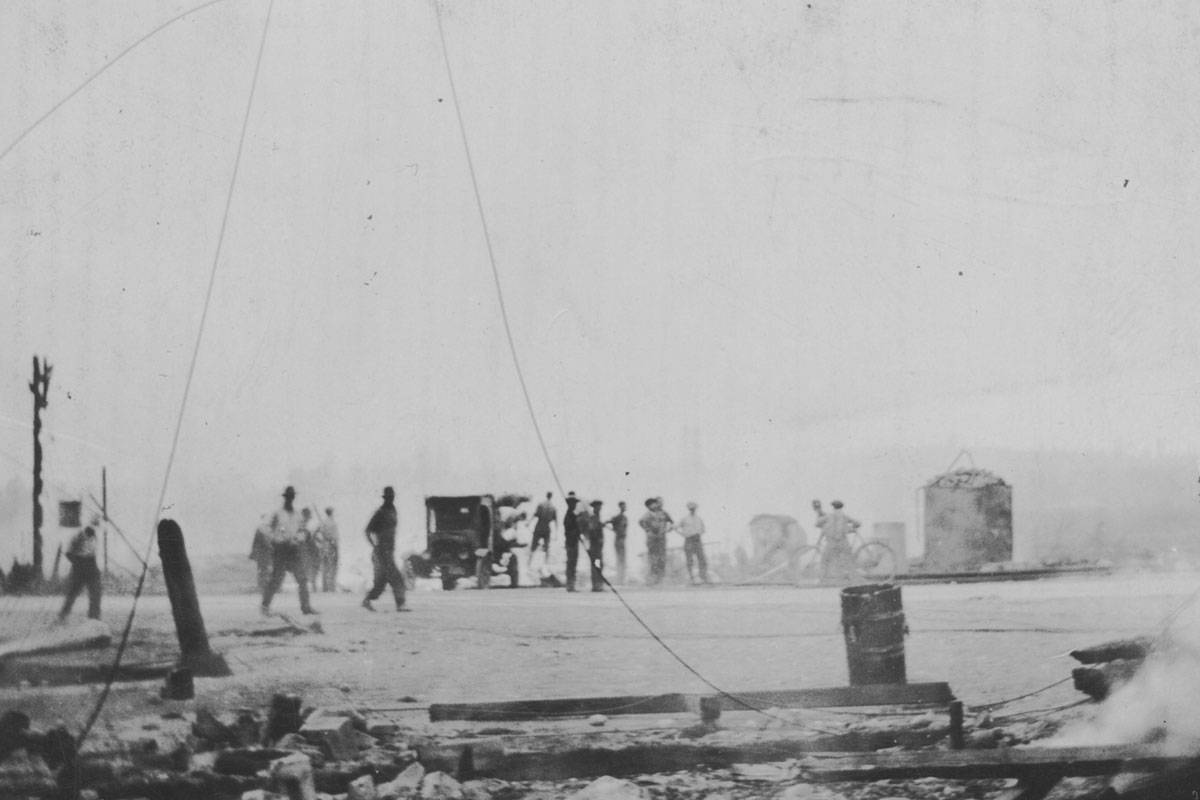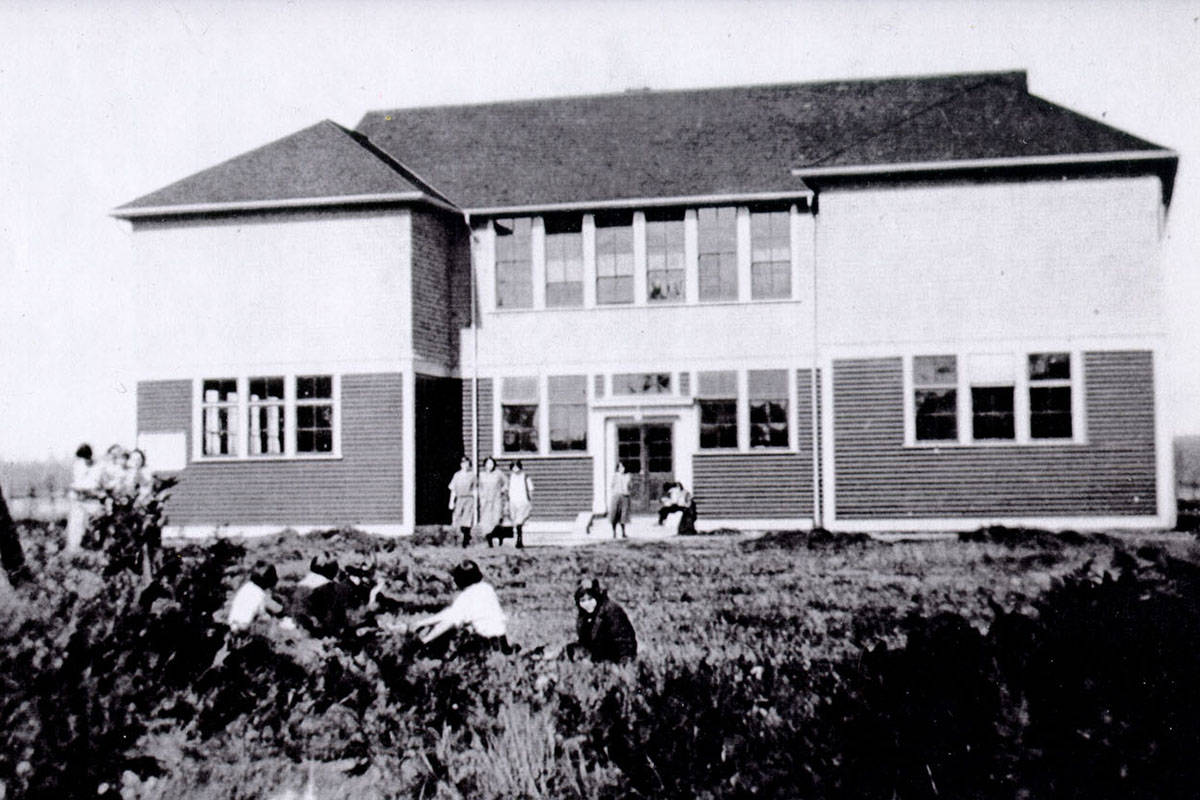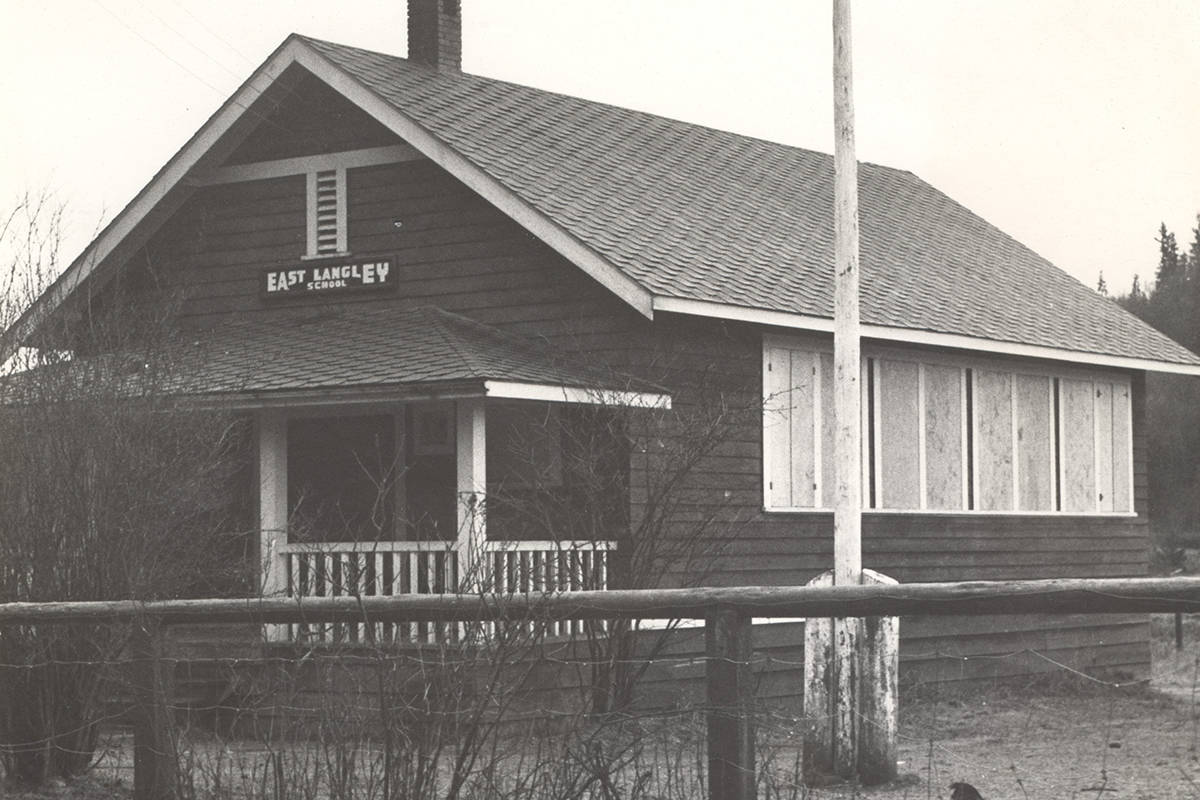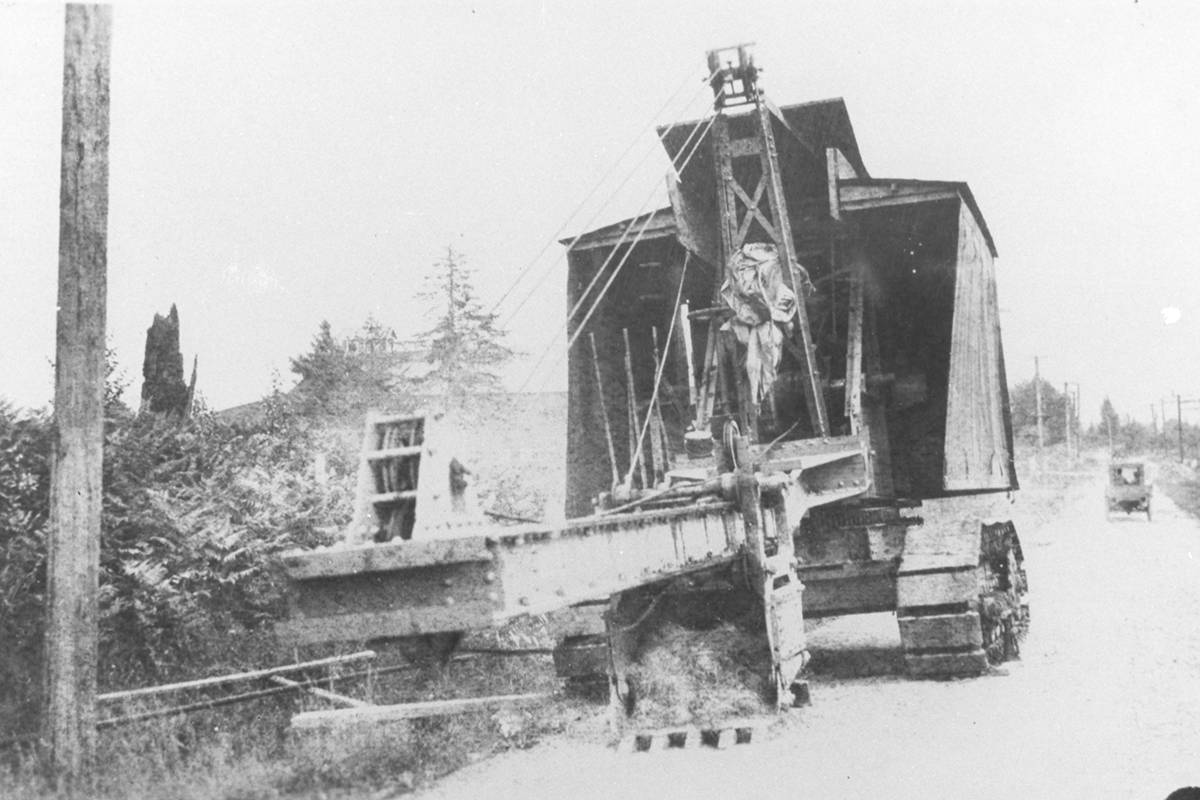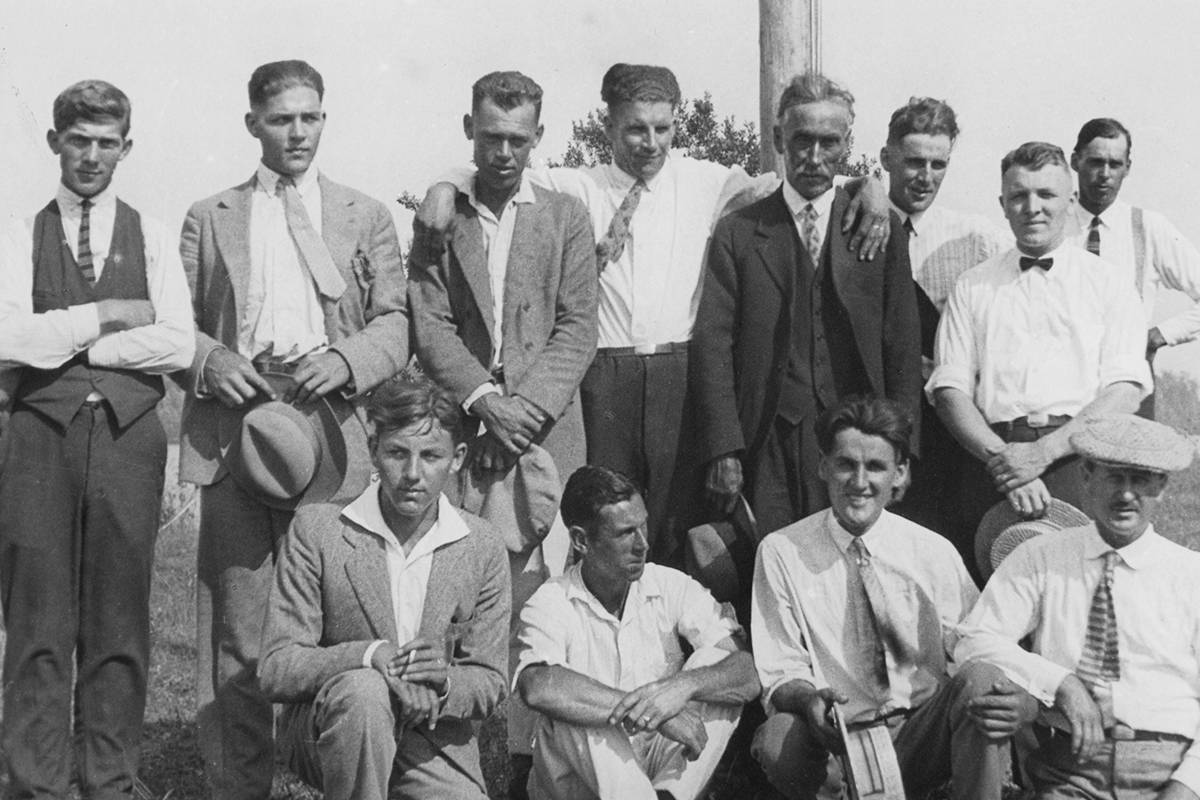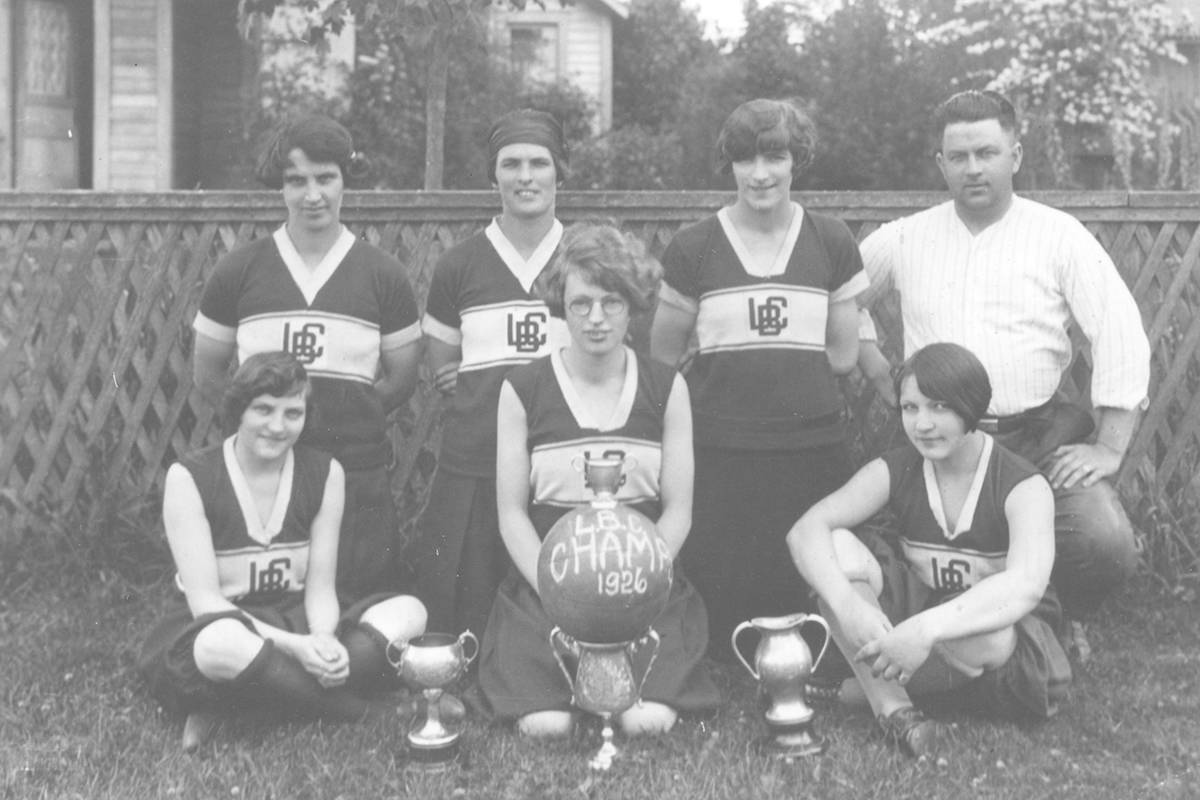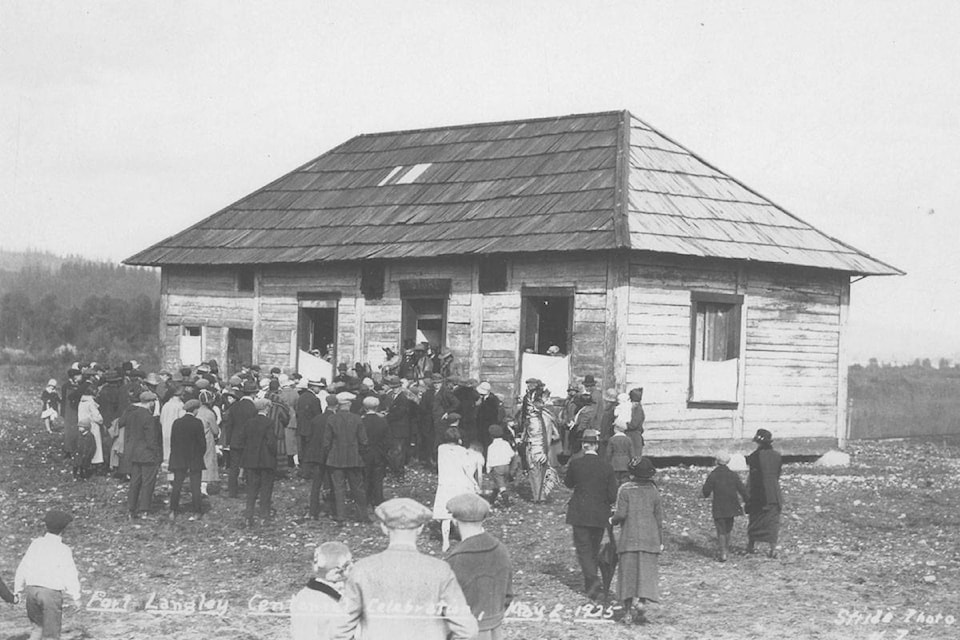Bootleggers? Flappers? What exactly was Langley like 100 years ago?
That’s the question Kobi Christian, curator at the Langley Centennial Museum, hopes to answer in an exhibition currently in the works for later in 2020.
“It seemed to me that the 1920s is really when Langley became the community we know it as today,” Christian said. “The First World War had ended, the Spanish Flu had just ended, and people were reeling because Langley in particular lost a lot of young men.”
The curator said there is a noticeable shift in the 1920s when American ideals and influences became the dominant culture – a lens that many still see the past century through today.
The arrival of cinema produced in Hollywood was partly responsible, Christian noted – an influence that helped shaped what was in and out as far as fashion and style went.
“Consumer debt and the rise of a ‘got to have this product’ kind of mentality happened in the 1920s along with the popularization of using credit to purchase those items,” she explained.
Christian said the early 1920s had a distinct focus on honouring war veterans with newly constructed cenotaphs, the renaming of streets, and the offering of land loans.
“There was also a lot of talk about roads,” she laughed, pinpointing the subject as one of the most definitive themes for Langley in that era. “That was the arrival of the first paved road through Langley which was Old Yale Road in 1922.”
Before 1920s, Langley Prairie had been established as a downtown core and the road would connect the bustling area with the Murrayville Five Corners.
“Riverboat services really started to stop in this time because as they started to get more popular, people were finding they could get around much more quickly in vehicles,” Christian noted.
Sawmills were also apparently a popular business, taking advantage of the lush greenery found around Langley’s countryside.
READ MORE: VIDEO AND PHOTO GALLERY: Historical sportswear hit the runway
B.C. Electric also reached Langley in the 1920s, breathing a new illuminated life into the area and bringing it into a more modern age.
Of course, impending dangers such as kitchen fires would threaten all that Langley’s citizens had been working hard for.
“The fire of 1928 started in the kitchen of the Langley Hotel; it was all made of wood so it went up in flames,” Christian explained. “Two blocks of Langley Prairie burned to the ground.”
Other defining features during the 1920s were the construction of schools.
Lochiel, South Otter, Belmont, and Sperling, took their inspiration from the East Langley School, which Christian noted was “a big deal” in 1924.
“Fraternity groups like the Masons, the Elks, and the Native Sons were also important during that time,” Christian explained, noting a growing sense of community and identity took shape during the decade.
For more photos and information on Langley’s history, people can visit https://museum.tol.ca.
_________________________________
Is there more to this story?
Email: ryan.uytdewilligen@langleyadvancetimes.com
Like us on Facebook or follow us on Twitter
_________________________________
